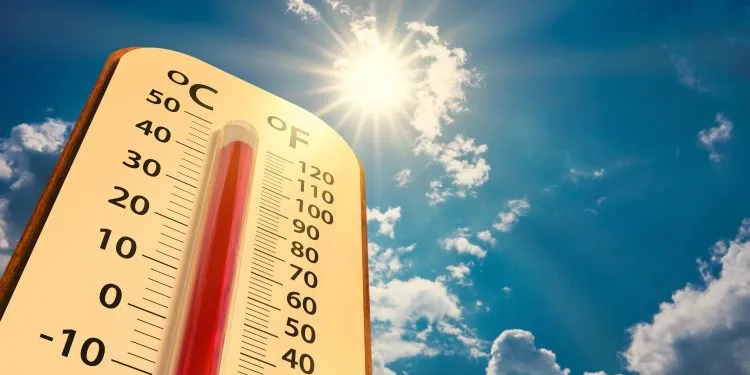By Tata Mbunwe
The National Observatory on Climate Change (ONACC) has raised alarm about an anticipated heatwave that is set to sweep across various regions of Cameroon from January 11 to 20.
The advisory notes specific areas that are expected to experience extreme temperatures, urging residents to take precautions.
The North West Region, particularly in towns such as Ndop, Ako, Furu-Awa, and Ndop, is anticipated to be affected by the heatwave between January 14-20.
The West Regional town of Santchou is also expected to experience high temperatures during the same period.
In the South West and Littoral Regions, ONACC warns of extreme temperatures in Muyuka, Mundemba, Limbe, Tiko, Douala, Edea, and Mbanga.
Similar conditions are expected in parts of the Center and South Regions, including cities like Yaounde, Kribo, Ambam, Bertoua, Obala, and Sangmelima.
The North and Far North Regions are not exempt from the looming heat waves, which are predicted to occur between January 11-20.

The advisory suggests that these regions may experience high temperatures accompanied by dust storms, posing potential health risks, particularly respiratory illnesses.
While ONACC did not specify the extent of the high temperatures expected, it is a cause for concern, considering that normal daily temperatures in Cameroon generally range from 27.2°C in the West Region to 36.4°C in the Far North.
Rising temperatures have already been an issue for residents of cities like Douala, Limbe, Maroua, Garoua, Ngaoundere, among others.
Towns like Buea and Yaounde, which were previously noted for cool weather conditions, are increasingly warmer, with residents now having to use fans for extra ventilation.
Climate scientists have been increasingly attributing rising global temperatures to the effects of climate change, exacerbated by industrialization and other human activities.
The year 2023 was declared the warmest on record, with predictions from the United States’ National Oceanic and Atmospheric Association (NOAA) suggesting that 2024 may bring even higher temperatures.



